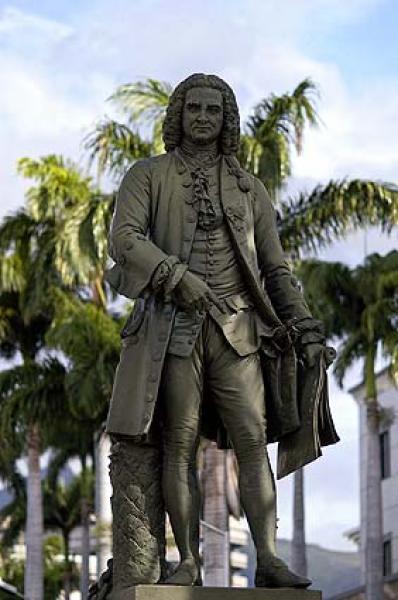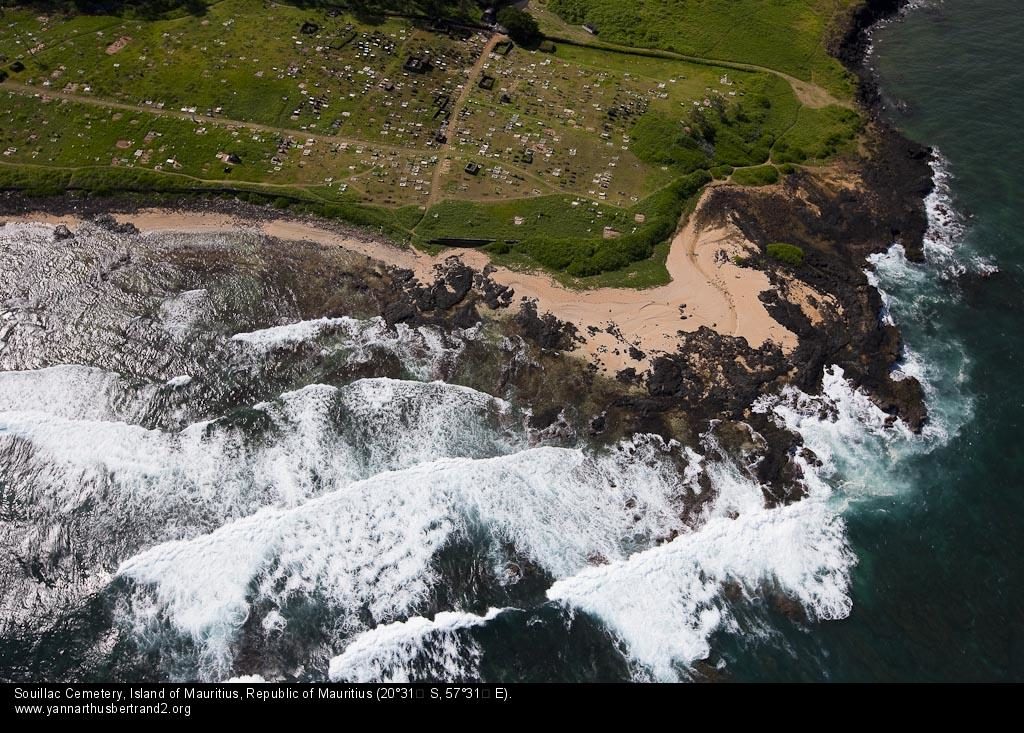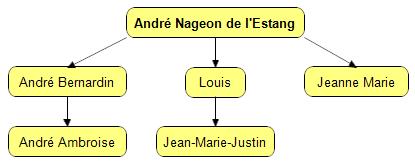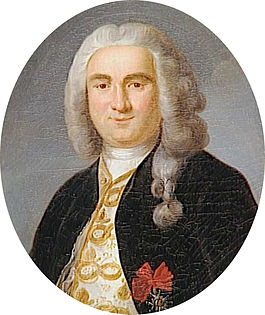When the Conseil du Sceau des Titres met on 20th December 1810, it made a set of recommendations as to who should be rewarded for their bravery, honour, or long service by being entered into (or advanced within) the Légion d’Honneur.
As we have seen, Jacques Félix Emmanuel Hamelin was on this list (though he was, at this point in his career, merely one sea captain of many), along with an as-yet-unknown number of his marine officers: but many other French captains who had fought in the Indian Ocean also found themselves rewarded by the same committee.
Over the last few days, I have managed to squeeze a fair few names from the dried-up toothpaste tube of history. What got me started was the article starting on p.402 La France Maritime volume 1 (1837) (p.626 of the PDF), which I had in turn found quoted in this webpage.
The List So Far
And with that as a starting point, I uncovered several more valiant sea captains, yielding the following list:
* Pierre François Henry Étienne Bouvet de Maisonneuve – Legion d’Honneur scans – ancien numéro 28303
* Alexandre Louis Ducrest de Villeneuve – Legion d’Honneur scans – ancien numéro 28305
* Albin Roussin – Legion d’Honneur scans – ancien numéro 28306
* Thomas Julien Fougeray du Coudray – Legion d’Honneur scans – ancien numéro 28307
* Isaie Alexis de Longueville – Legion d’Honneur scans – ancien numéro 28317
According to Denis Piat, Roussin was presented to Napoleon in Morlaix in March 1811. There is a nice painting of Roussin in Versailles, which I took across from here:
Unfortunately, it currently seems that none of the people on my list had a brother called Étienne, so our shortlist of possible names for the Missing Corsair remains as resolutely empty as ever. But I keep looking…
Even so, it would seem that the original numbers assigned to these entrants into the Légion d’Honneur were all close to each other: so in theory, all we would need to do to find the name of our Missing Corsair is to dig up the ‘ancien’ list of Légion d’Honneur rewardees and examine everyone numbered from around 28300 to 28320 or so.
Alas! That list seems – unless you know better – not to exist any more, except in implicit form on the scans of the cards: and the Léonore database contains no field for ‘ancien numéro’, and I have found no trace of the original list anywhere in the archives. So once again, all I can do is keep looking…
Beneath Every Rock
And so it seems that I’m now back trying to track down the crewlist of La Vénus, so that I can cross-reference the names of its officers forward into the Léonore database. On the bright side, I now have several new leads to follow. 🙂
Firstly, thanks to a page on Henri Maurel’s site, I can see that The National Archives of Mauritius have a document called “GB 45” dated 1808, and described as “Rôle d’équipage de La Vénus, Cap Hamelin”. As is almost inevitable, GB 45 hasn’t yet been digitized (even though, for example, GB 40 has, *sigh*), but this is definitely something I’d like to look at in Mauritius.
I also realized yesterday that I haven’t yet had a chance to look at the logs for HMS Boadicea (ADM 51/2176), HMS Otter (ADM 51/2622), and HMS Staunch (ADM 52/4619). Of the three, my guess is that HMS Boadicea is the one most likely to have the prisoner of war list from La Vénus: but until I get to the National Archives in Kew once again, I won’t know.
And I continue to suspect that a prisoner of war list with Hamelin’s name on it must be somewhere in the French archives. The closest I’ve yet got is in Service historique de la Défense (SHD), Sous-série Yj. There, in the very last part of this page on arrivals at Morlaix in Section 10Yj is a section called “ETAT NOMINATIF DES OFFICIERS SUPERIEURS ET AUTRES ARRIVES A MORLAIX SUR LE CARTEL ANGLAIS « LE MARCHAND DE BOMBAY »”… “A Morlaix, le 15 février 1811”.
This, of course, initially got me hugely excited: but it seems that there’s nothing useful there as far as our hunt for the Missing Corsair goes – it’s hard to say whether the person transcribing the page only copied the parts related to the army, or whether that’s all there actually was in section 10Yj (it is the SHD, after all). Nothing’s ever easy, is it?
Incidentally, Isaie Alexis de Longueville’s records state that he was on the ‘parlementaire’ the Anna, arriving in the Cape of Good Hope on 10th January 1811, left on the 28th, and finally arrived at Morlaix on 14th April 1811: yet this doesn’t seem to be covered by this archive either.







